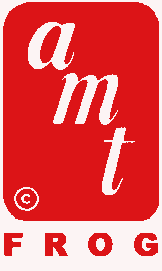
AMT 3956-200 Famous Fighters Series II Focke Wulf 190, 1969
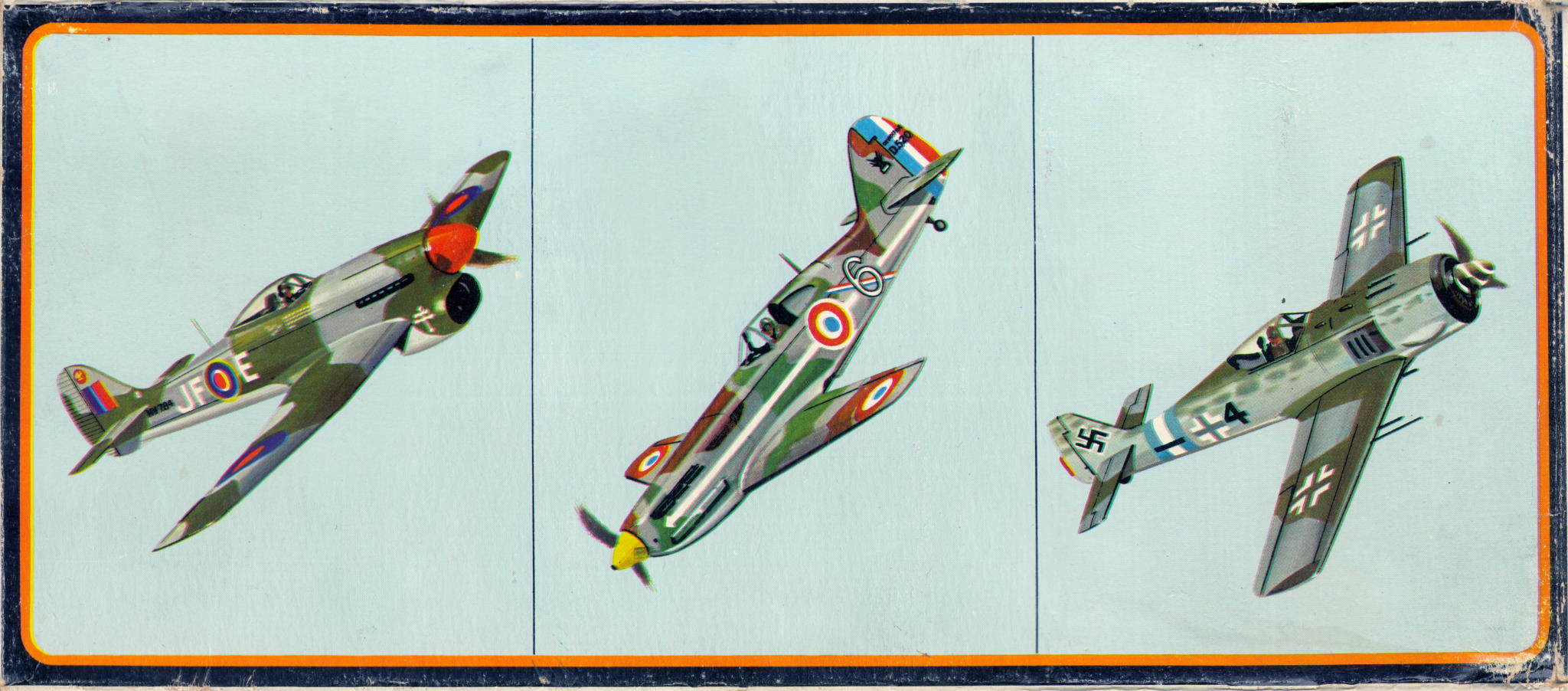
|




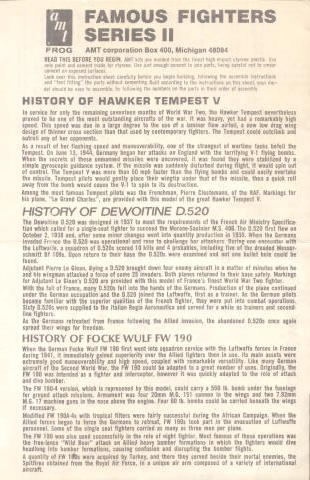
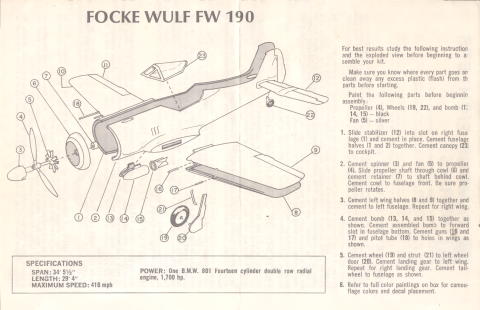
|
AMT Frog
AMT Corp., 1225 East Maple, Troy, MI 48084, USA.
Period: 1967-1970
AMT was, and has continued to be, a company specialising in car and truck kits. By the mid-1960s, they had become interested in diversifying into aircraft kits as well, and were thus a natural new partner for Lines Bros, after the demise of Air Lines. AMT sold the kits under the AMT/Frog label and, apart from a batch supplied by Rovex in 1968, did all moulding themselves, using Frog moulds brought over from England.
The original plans called for some 40+ Frog kits to be released by AMT, but eventually only 23 different kits got produced. While having the moulds with them, AMT had several of them (P-47, FW 190 etc.) cleaned up by removing engraved markings and other heavy surface detailing...
At first all kits had kit numbers type 0000, but around 1968 this was changed to A-000 for both older releases and new items. Most artwork and decals were changed at the same time.
| 1st no. | | 2nd no.
| | 3956 | + | A-642 | Famous Fighters Series II3 |
3 Hawker Tempest, Dewoitine D.520 and Focke-Wulf FW190A
Exterior detailing cleaned up by AMT in 1968.
FROG model aircraft 1932-1976, R. Lines, L. Hellstrom
|
|
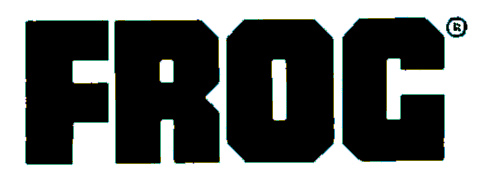
FROG F211F Focke Wulf 190, 1969
|
|
|
|
NEW LAMPS FOR OLD
COMMENDABLE venture by Frog is the revision of many of their older kits of 1 :72 scale aircraft models, which have just been ãeissued in a new series in polythene bags. All the moulds have been 're-worked' very deftly to eliminate such features as etched markings positions which marred some of the older items, and add accurate new panel detail and other surface improvements. We reviewed the old Fw 190 which had been so treated a few months back. Now this kit also appears in the 'bagged' series together with all the following: Hurricane, Tempest V, Me 109F, Typhoon. P-47. Zero, Spitfire, Sea Fury, Fokker D21, MS 406, and Macchi MC 202. Big new feature is the provision of completely new, splendidly accurate and imaginative transfer sheets, each of which gives a choice of two sets of markings. We had two samples from the range, the Spitfire and the MC 202. The Spitfire has transfers for either a Mk I of No 19 Sqn in September, 1940, or Bader's Mk Va of 1941, the quality of the new markings being excellent. Fine details include walkway markings and stencilled maintenance instructions and the modest price of the kit, 3s, would not be unreasonable for the transfer sheet alone! Whichever markings the modeller uses, he gets a spare set of value for other models. The MC 202 has a similar choice of two colourful marking schemes, probably the most accurate yet for a model of an Italian aircraft. The only improvement not possible, it seems, on the older Frog kiis is the etching out of the 'solid1 wheel wells, though the average modeller can do this himself, or use solid black transfer sheet which is surprisingly effective.
This improved Frog Spitfire is certainly a 'good buy' (even with the 'solid' wheel wells), which captures the graceful character of the early Spits absolutely perfectly. Added feature of all the kits is a colour plan on the card backing sheet which acts as a painting guide for the model. On our Spitfire, however, the printing was poor and the colour guide would confuse a novice who knew nothing about camouflage of 1940! This 'new lamps for old' policy by Frog is most refreshing and should be welcomed by 1:72 scale aircraft builders. Our samples, at 3s each, came from Jones Bros of Chiswick who can supply the whole range by post.
C.O.E.
Airfix magazine 1969-06
NEW AND IN VIEW NEW AIRCRAFT KITS
FROG.
For some little time now rumour has had it that Frog were revising and updating many of their older kits, and at the Brighton Toy Fair rumour became fact with the release of those described below. Retailing at 3/- each in a new clear plastic pack, complete with coloured dramatic art on the front and the now very popular Profile style drawings on the back of the display card, these will certainly catch the eye in any model shop display.
Each kit has had all traces of the original surface detail removed and replaced by fine and accurate new detail. Unfortunately, costs have prevented full corrections, and such refinements as cut-out wheel wells are still omitted. Cockpit canopies have received attention where necessary and are far better than in the original kits, while completely new markings and insignia are given, two alternatives being provided for each type as follows :-
FW 190 -
SGI Crimea 1943
Lt. Eder, JG.2, Cherbourg 1942.
The very high standard of decals common to all Frog kits of recent months is maintained in these 'packaged' kits. AII are matt or semi-gloss with excellent register, and the minute detailing, such as that on 'kill' markings or the MC 202 insignia, is clearly readable if one uses a magnifying glass.
It is to be hoped that other kits from the Frog range will be upgraded similarly as time goes by, and we look forward to these in due course.
The IPMS magazine, February 1969 VOL.6 No.2
Focke-Wulf FW 190A-3/U3
| F211F | 1968-1974 | J2(K) | 350000 | 2xLW |
FROG model aircraft 1932-1976, R. Lines, L. Hellstrom
|
|
|

AMT A-642-200 Famous Fighters Series II Focke Wulf 190, 1970
|

FROG F522 Combat series Focke Wulf FW190 & Bristol Beaufighter,
Rovex Ltd; 1973
|
|
DAP Beaufighter 21 & Focke- Wulf FW190A
| F522 | 1973 only | G4 | 7000 | See below |
FROG model aircraft 1932-1976, R. Lines, L. Hellstrom
|
|
Modelling world
S. W. Stevens-Stratten
Toy Fair report
THE annual pilgrimage to the Toy A Fairs held in London (January 22-31) and Brighton (January 27-31) has been completed and one is left to reflect upon the developments in the model aircraft trade. It would appear that there is no decrease in the number of new models being introduced, in fact several completely new ranges will appear in the model shops during the next few months. Trade buying appeared to be brisk and most manufacturers reported orders equalling if not surpassing previous years—and this in spite of the freezes of income, credits and the general hardening of money markets.
I have not included the large scale kits or flying models in this report, but have concentrated on the die-cast models and plastic kits, with particular reference to the forthcoming new items.
Frog
Rovex Limited had an impressive display of its Frog range of aircraft kits and new releases for 1973 in the 1/72 scale series...
A new "Combat" series is to be released immediately, and each box will contain two 1/72 scale kits together with a picture frame display stand. The price, which will include the "Spin-A-Prop motorising kit", is 99p. It is thought that the kits may also be available without the motorising gear at a lower cost. The first three pairs are a Messerschmitt Bf 109F/Bristol Beaufort; Spitfire 1 A/Junkers Ju88; and Focke-Wulf Fw-190A/Beaufighter.
AIRCRAFT ILLUSTRATED 1973-04
A triple double
From Frog we have received a trio of double kits presented in novel fashion, each having a moulded frame for the box-top which is intended to be affixed to a wall with brackets to support the two models, a single- and a twin-engined type in each case, the twin being provided with electric motors for each of its airscrews. The overall effect is both attractive and decorative, though perhaps of limited interest to the serious modeller as all the aircraft kits have been available individually for some time.
The pairs comprise the Bristol Beaufighter and Focke-Wulf Fw 190A, the Junkers Ju 88A and the Supermarine Spitfire IA, and the Bristol Beaufort and the Messerschmitt Bf 109F. The kits themselves vary widely in quality, and where faults — such as the completely inaccurate cowlings of the Beaufort — were present when originally issued, they survive as re-issued in this new form. Nevertheless, priced at 99p per pair they represent relatively good value for money.
Air Enthusiast 1973-07 vol.05 no.01
|
|

FROG F532 Combat series Focke Wulf FW190 & Bristol Beaufighter,
Rovex Ltd; 1973
|
|
|
|
DAP Beaufighter 21 & Focke- Wulf FW190A
| F532 | 1973 only | G4 | 7000 | See below |
These three double kits were similar in style to the earlier ones of 1969, but had nothing to do with the Battle of Britain film. Each pair (e.g. F520 and F530) shared a common box, which had the F52x number printed on it. The F53x kits were created by placing a sticker with a new number over that printed on the box. The difference between the two sets was that those with F52x numbers were intended for export only and did not contain a Spin-a-Prop motorising set, while the F53x ones were for the home market and did include the motors etc. in a small plastic bag. All the kits came with the decals used for the individual kits at the time, except for the Beaufighter which had the old 3xRAF sheet. The painting instructions were printed on the box side, and not on a separate sheet as in the earlier double kits.
FROG model aircraft 1932-1976, R. Lines, L. Hellstrom
|
|
|
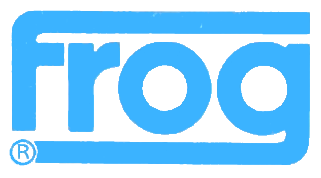
FROG Blue series F393 Focke Wulf FW190 Single-seat fighter, Rovex models & hobbies; 1974-1975

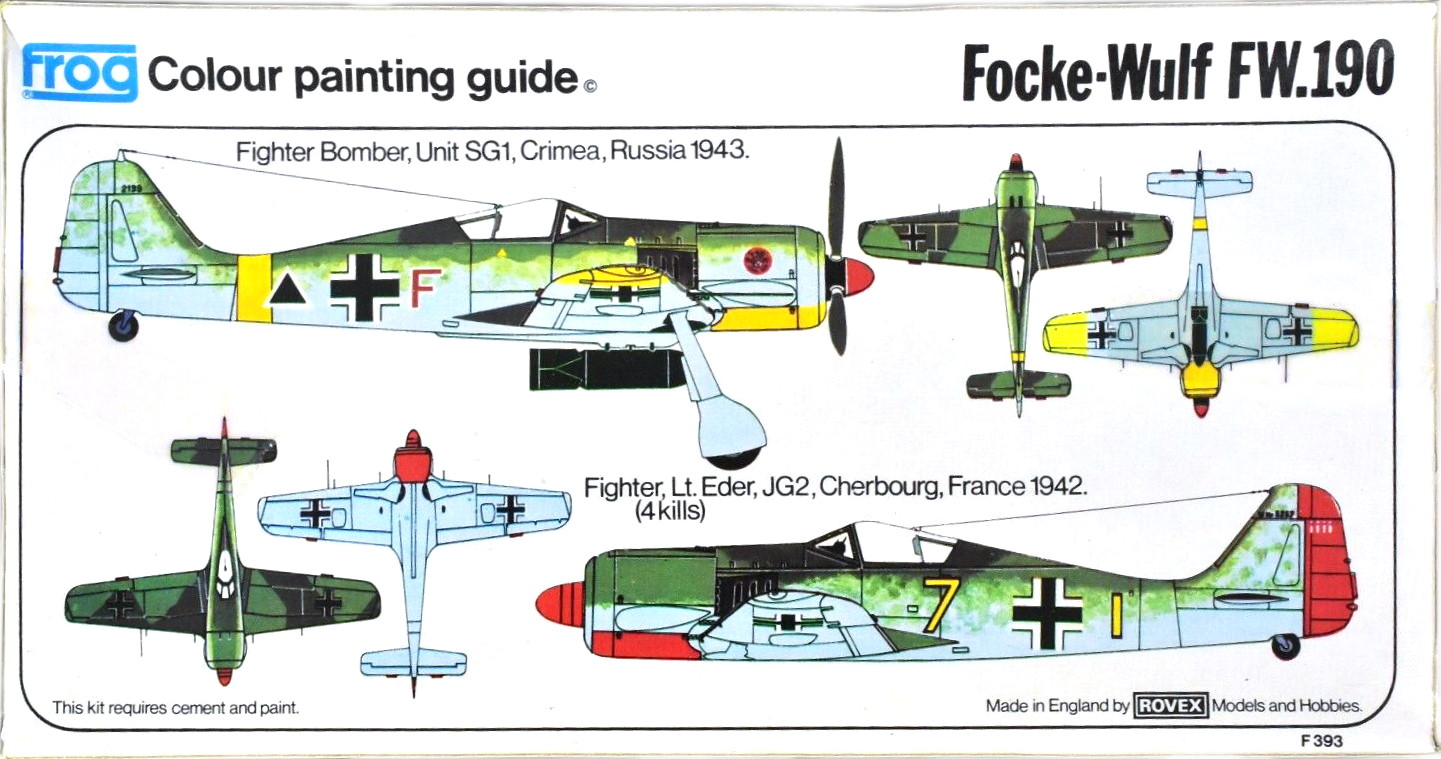
Focke-Wulf FW 190A-3/U3
| F393 | 1974-1976 | H(B) | 75000 | 2xLW |
FROG model aircraft 1932-1976, R. Lines, L. Hellstrom
|
|

FROG Black series F211 Focke Wulf FW190 Single-seat fighter, Rovex models & hobbies; 1976
Focke-Wulf FW 190A-3/U3
| F211 | 1976 only | H(K) | 20000 | 2xLW |
FROG model aircraft 1932-1976, R. Lines, L. Hellstrom
|
|
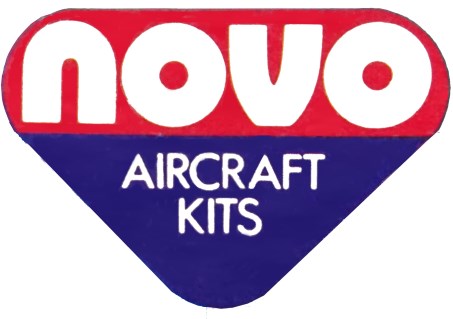
Revell/Congost 4000 Focke Wulf FW190, Luis Congost, S.A., 1980
|
|
Congost/Revell
Luis Congost, S.A., Travesia Industrial 247. L'Hospitalet de Llobregat, Barcelona, Spain
Period: 1980?-1983?
One of several Revell subsidiaries to use the former Frog moulds, Congost is unusual in that they are believed to have used two of the moulds not used by Revell elsewhere, namely the FW 190A and Bf 109F. The kit numbers for these two were presumably allocated locally...
Congost is no longer involved with Revell, the Spanish market now coming under the German factory.
FROG model aircraft 1932-1976, R. Lines, L. Hellstrom
|
|
|
|
|
Z5.04.Z0ZZ
|
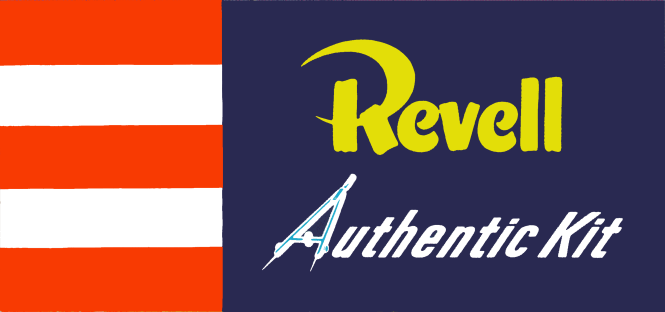
Revell H-615 Focke Wulf 190, Revell (GB) Ltd, 1963
MODEL TALK BY PHILIP BURDEN
NEW RANGE :
All Revell fans will be pleased to know that the company are soon to release a series of nine new models to a 1 /72 scale, each priced only 2s. 11d. Although few details were released at the time of going to press I understand that these new money-saving models will include a Spitfire II, P-51 D, Me 109, Fw 190 and Zero. Models to one scale is a new and welcome departure for Revell and is certain to please the serious modeller.
RAF Flying Review March, 1963, Vol. XVIII, No. 7
MODEL TALK BY PHILIP BURDEN
ALL TO ONE SIZE
Constant scale from Revell should please
Conversion jobs have always been featured prominently in this column and now I am pleased to announce one of the most welcome conversion jobs for a long time. It is the conversion of the Revell company to a constant scale ! For years Revell have been giving us excellent models but many have been upset because their kits had little uniformity in scale. Now comes a series of World War II fighters all to the popular 1/72nd scale. I first made a mention of a new range of nine Revell models some months ago but as they were in the blue-print stage at that time was only able to give the briefest details. Since then four of the models—the Spitfire II, Hurricane IIB, Fw 190 A-4 and A6M5 Zero—arrived at RAP Flying Review offices for close inspection, and these should now be in the shops. The other kits are of the Bf 109E, P-47D Thunderbolt, P-51D Mustang, Tempest V, and Kawasaki Hien, and these too will soon be appearing.
Taking the Spitfire first, it is certainly a smart model and my only real criticism is that the wings are too straight. On the credit side the spinner and three-bladed propeller are very nice and general detail is excellent. Transfers should also please. One special point of interest is the sliding canopy which adds a real touch of authenticity to this model.
Turning to the Hurricane, this, like the Spitfire, is another polished job. Again detail is good and transfers of a high standard, making it a worthy companion for the Spitfire in any display.
Not so good are the Fw 190 and Zero as regards detail and transfers. Both, however, are accurate and with the Fw 190 I suggest modellers substitute Frog 190 transfers which include the swastika which is always omitted in Revel! boxes.
RAF Flying Review April, 1963, Vol. XVIII, No. 8
Trade Notes
Revell are proceeding fast with their l/72nd range of 2s. l1d. World War II Fighters, the very latest being the Curtiss P40E Kittyhank. Me 262 jet fighter and Chance-Vought Corsair, all with moving canopies, pilots and undercarriages which can be made in the up or down position. The Revell range now totals 12 W.W II types, and as a special Christmas offer, a pack of six is arranged as a gift set at 17s. 6d.f including the Spitfire II, Me 109, P-47 Thunderbolt, F.W.190, Hurricane and Zero.
AeroModeller 1963-12
|

Matchbox PK-6 Focke Wulf 190, Lesney Products & Co Ltd., 1973
KIT COMMIT
A DIVRSE TRIO
THREE NEW KITS FOR BOTH YOUNGER MODELLER AND EXPERT
The selection of new model releases reviewed here is as diverse as it is possible to be as far as subject goes. Although all to a common scale, they represent, on the one hand, one of the most famous of WW2 fighters and on the other, an aircraft which has yet to be proven, even in prototype form. In the middle comes one of the all-too-often overlooked light liaison and observation types that carry out vital, if mundane tasks in time of war. The Lesney Fw 190 is certainly a welcome addition, as this aircraft, along with most of the leading fighter aircraft of the last war, has been rather poorly treated in 1:72 scale.
The Focke-Wulf Fw.l90A-5 on the other hand provides the modeller with an almost unlimited variety of paint schemes. This we think is one of the most accurate representations of the A-5 yet provided. It is in fact the only true version of the aircraft, as other manufacturers seem to have combined two versions of the aircraft in their kits, making the job of producing an accurate model all that more difficult.
We found that of all the Lesney kits so far reviewed, the Fw.190 suffered some badly fitting parts, although this is probably due to the fact that our example was an early production model. The cowling panels with the twin machine guns did not fit well and gaps result at each end which need filling.
As with the other kits, we feel that Lesney could have scored in this particular subject by adding a little more detail. In the same way as the Spitfire, the wheels are somewhat crude, although the undercarriage is generally accurate. Of course, the model also has cut-out wheel wells, which will be a boon to those used to working with the old Frog offering of this aircraft.
The model is a general improvement on other 1:72nd scale Fw.l90s and outline shape is good; we are sure, with the popularity of Luftwaffe models being what it is, Lesney will find that this particular addition to their range returns good sales figures. The whole range has the advantage of including something for everyone and with kits retailing at 23p, both the younger modeller and the experienced enthusiast will go for them in a big way.
Aviation News Vol 1 Num 24 13-26 April 1973
Continuing the "Matchbox" saga
The Focke-Wulf Fw 190A-3 is, without doubt, the best 1/72nd scale kit yet produced of this type and can be confidently recommended as being accurate. It possesses the correct "sit" of the full-scale original, which is not easily emulated by so small a scale model, and the component parts fit well. The finish is again spurious, comprising a distinctly weird shaded green-and-grey pattern on the wings and tailplane where a "splinter" pattern should be applied in dark green and black green. The decals are of good quality and are applicable to aircraft of JG 51 and SG 1, both of which served on the Eastern Front.
F J HENDERSON
Air Enthusiast 1973-07 vol.05 no.01
|
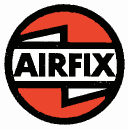
Airfix 02063-7 Focke Wulf 190, Airfix Products Ltd., 1978
NEW TO YOU?
FOR THIS 100th ISSUE, A SPECIALLY, EXTENDED REVIEW SECTION
AIRFIX
Focke Wulf FW190 A-8/F-8. 1/72nd scale. Price 75p.
THE latest Focke Wulf kit to appear is from Airfix and in their series 2 range, the kit provides many alternative parts. These include a choice of canopy together with underwing cannons and a fine selection of bombs, nine in all. Containing over 70 parts, the kits overall moulding is good although a little heavy in such areas as the undercarriage doors, aerials, and trailing edges of flying surfaces. Similarly one would be advised to reduce some of the moulded lines with fine flour paper prior to assembly, this also applies to fabric covered flying surfaces which as usual are over-emphasised.
The model appears to be very accurate in overall appearance although the span is at variance with quoted dimensions being slightly too great, the same comments applying to the fuselage length which is a scale 29 ft. 6 in. when the actual machine is just 29 ft. Sorry to nitpick, Airfix!
However, no criticism can be levelled at the fit of parts which are excellent, nor at the instructions which are clearly laid out and illustrated. The kit can either be built as FW190 A-8 and A-8/R1 fighters or a heavy fighter F-8, decals for which are included although not up to Airfix's usual standard, hence our alternative.
The review model was finished as an F-8 flown by a Gruppe Commander of an unknown unit found on an airfield in Ger-many at the close of hostilities. The camouflage is Hellgrau 76 undersurfaces with Mit-telgrau 75 and Dunkelgrau 74 along the fuselage spine reaching about halfway down the sides with a very faint mottle of Greys 74 and 75 over 76 on the lower half. Upper wing surfaces are Mittelgrau 75 and Hellgrau 76, colours being mixed following the charts in "Model Colour".
This particular upperwing camouflage was fairly common on late war fighter types, particularly with the discontinued use of Dunkelgrau 74. Markings consist of Grun 25 rudder, cowling band, chevrons and II Gruppe bar showing it to be a machine of a staff flight.
S.L.A.
Scale Models Vol 9 No 100 JANUARY 1978
|
|